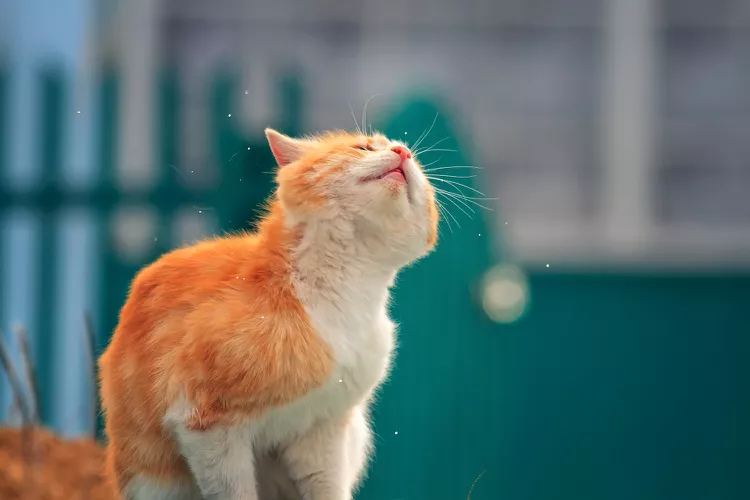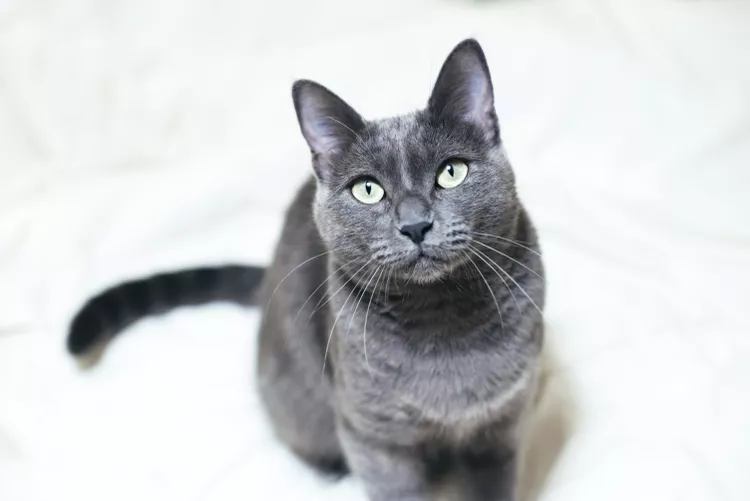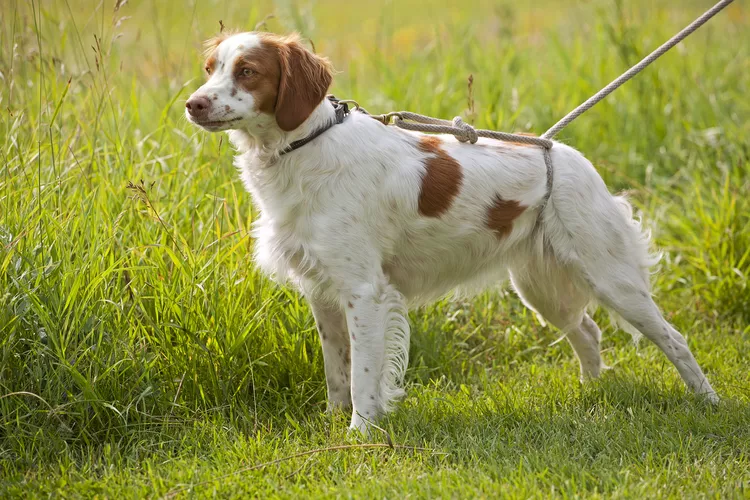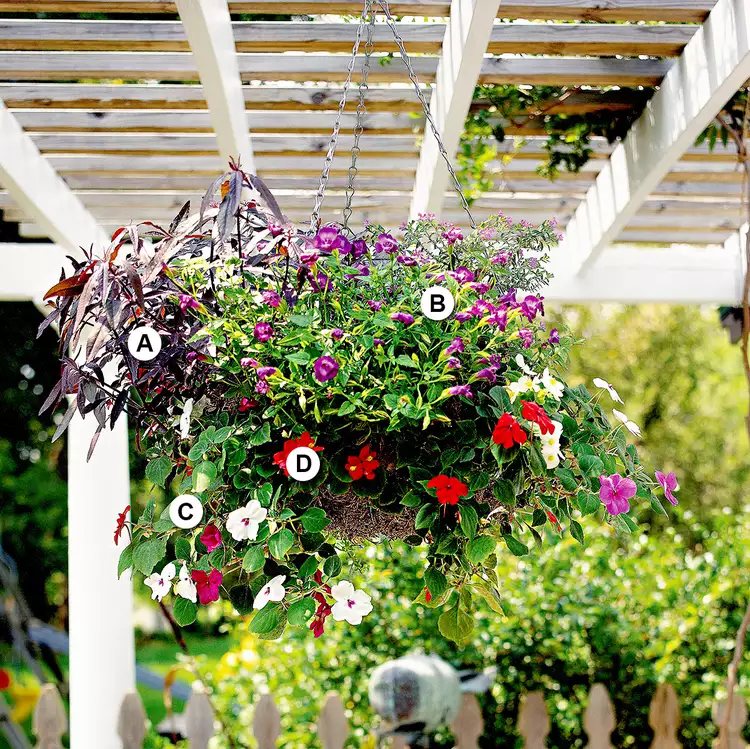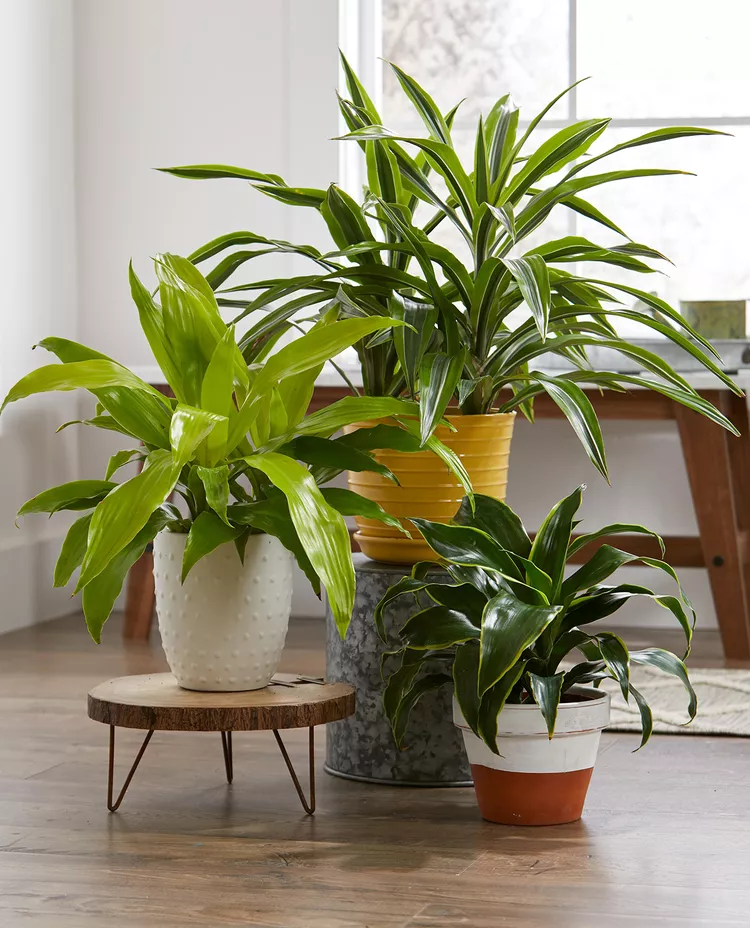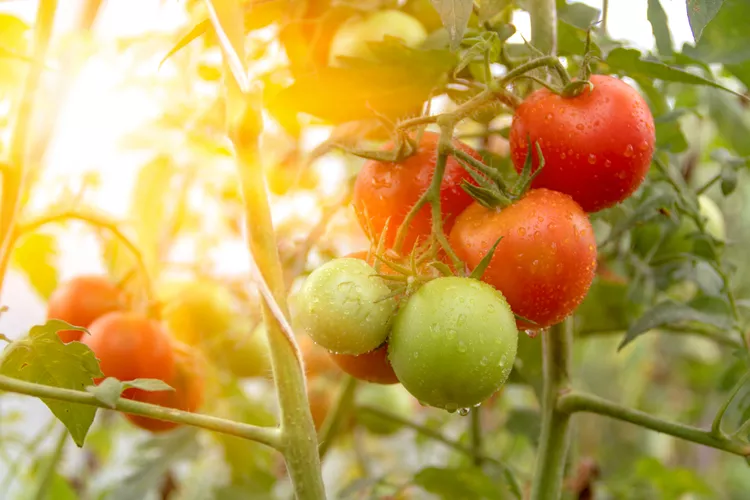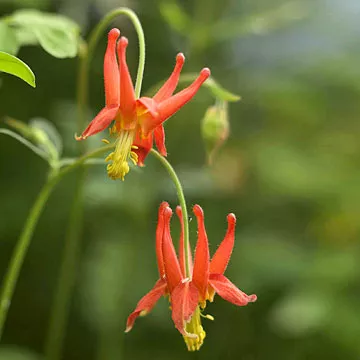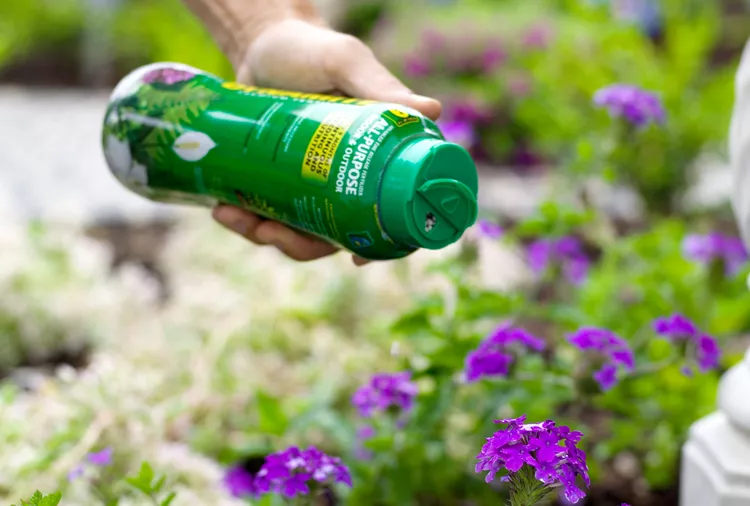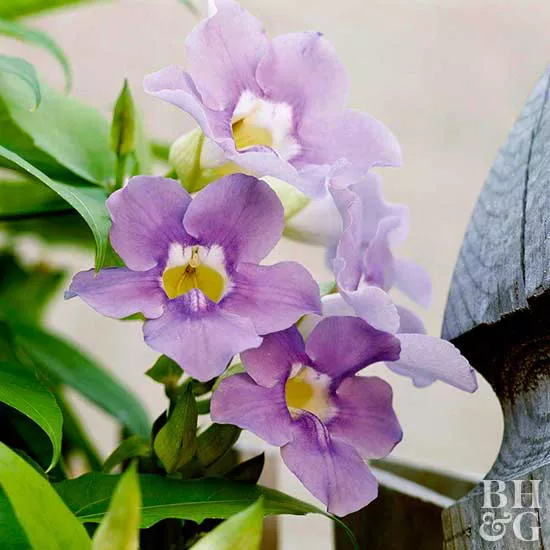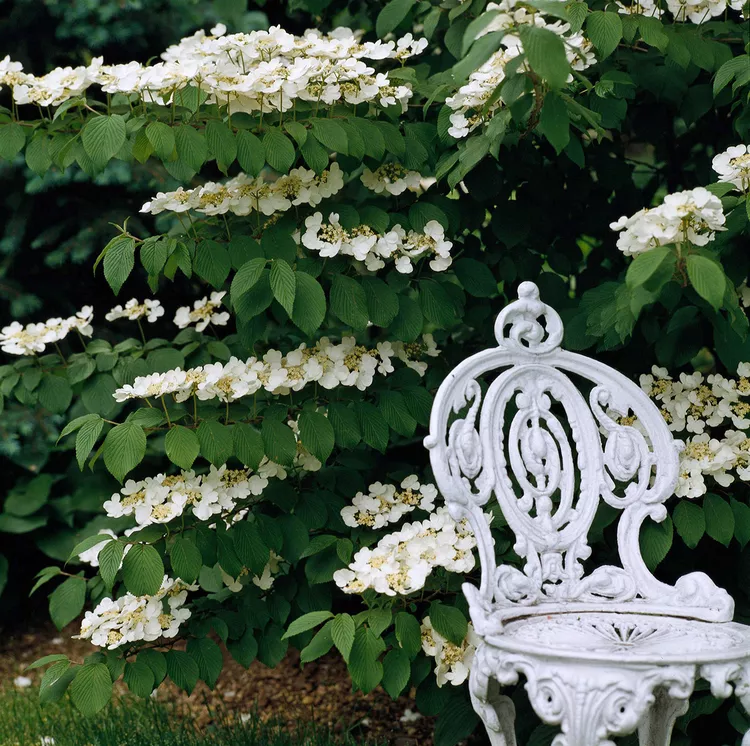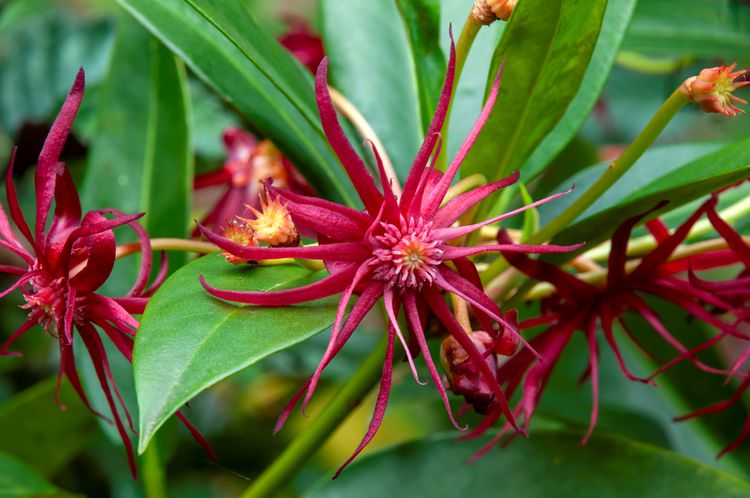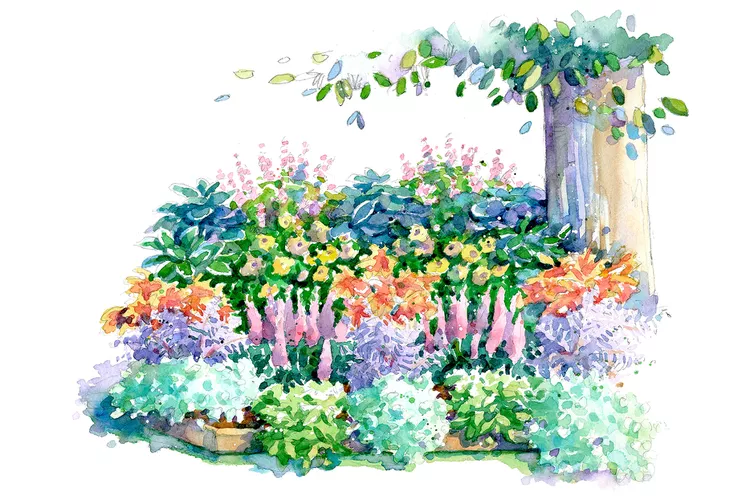Grape hyacinths paint the spring landscape in stunning shades of blue, purple, white, or yellow while offering a sweet scent of grape bubblegum. These easy-care bulbs are frequently mass-planted to create a river effect in borders. They make the perfect low companion for the taller blooms of tulips. These undemanding small bulbs spread easily in any well-drained garden soil.
Grape Hyacinth Overview
| Genus Name | Muscari |
| Common Name | Grape Hyacinth |
| Plant Type | Bulb |
| Light | Part Sun, Sun |
| Height | 6 to 9 inches |
| Width | 3 to 8 inches |
| Flower Color | Blue, Purple, White, Yellow |
| Foliage Color | Blue/Green |
| Season Features | Spring Bloom |
| Special Features | Fragrance, Good for Containers, Low Maintenance |
| Zones | 4, 5, 6, 7, 8 |
| Propagation | Division |
| Problem Solvers | Deer Resistant, Groundcover |
Where to Plant Grape Hyacinth
Unfussy grape hyacinths are one of the easiest bulbs to grow. However, careful selection of the planting location is essential. Each type of muscari has its own hardiness zone requirements, so make sure you pick a variety suitable for your climate. All grape hyacinths need full to partial sun and well-draining soil with a neutral to slightly acidic pH. Consider planting them below or around deciduous trees or shrubs—grape hyacinths bloom before most woody plants leaf out, so there is no issue with lack of light.
Grape hyacinths look wonderful planted on their own, in mass plantings, or planted with other spring bloomers such as tulips, daffodils, and anemones.
How and When to Plant Grape Hyacinth
Grape hyacinths are planted in the fall. Thanks to their small size (most grape hyacinth bulbs are the size of a blueberry), they need to be planted just 3 to 4 inches deep.
One trick to planting large numbers of them is to dig a shallow trench, arrange the bulbs so they are about 1 inch apart, with their pointed ends facing up, and cover with garden soil. Water the bulbs well after planting and cover the planting spot with a 2-inch layer of mulch, if desired.
Grape Hyacinth Care Tips
Light
Grape hyacinths thrive in full sun but can also tolerate partial shade.
Soil and Water
Grape hyacinths do fine in average garden soil. If it’s amended with organic matter before planting, all the better, especially if the soil is heavy, compacted, and tends to be soggy. The plants need soil with good drainage. They do best in soil with a pH between 6.0 and 7.0 but are pretty adaptable.
Grape hyacinths grow most of their leaves in the early spring when there is sufficient precipitation, so they usually do not need watering.
Temperature and Humidity
Grape hyacinths are hardy; some varieties can be grown down to zone 3. They cannot be grown above zone 8 or 9 because summers are too hot and winters too mild. Their foliage dies back a few weeks after the bloom when they enter dormancy, so humid summer weather does not affect them.
Fertilizer
Unless the soil is poor, annual fertilization is not required but it benefits the plant. In the early spring, scatter a granular slow-release fertilizer high in phosphorus (such as 5-10-5 or 4-10-6) around the bed with the grape hyacinths. For the amount to use, follow product label directions.
Pruning
After blooms fade, the plant's strappy green foliage adds color and texture to the garden for several weeks. Don’t cut the foliage back just yet because it is during this time that it produces nutrients that sustain the bulb for the next spring. You can safely remove the foliage in early summer after it begins to turn yellow.
Potting and Repotting Grape Hyacinth
Unlike hyacinths, which can be forced to bloom indoors in the winter, grape hyacinths are unsuitable for growing in pots. Like many winter-hardy spring-blooming bulbs, grape hyacinths need cold winter temperatures to develop sound root systems and grow foliage and flowers in the spring. If planted in containers, they are subject to frequent temperature fluctuations and cycles of freezing and thawing, which is detrimental to the bulbs.
Pests and Problems
Grape hyacinths are mostly unbothered by pests and diseases. Occasionally, they might get aphids, spider mites, or yellow mosaic virus. Poor drainage can lead to root rot.
How to Propagate Grape Hyacinth
Grape hyacinths can be propagated by dividing the clumps, which should be done every three to five years depending on the density of the patch. The time to divide them is in the late summer or early fall. Because there is no foliage at that time, you need to mark the location in the spring.
Dig up the entire dense clump and shake it gently to remove some of the soil. Divide it into smaller sections and discard any bruised or diseased bulbs. Replant the sections in new locations, about 3 to 4 inches deep, just like you would individual bulbs. Water it well and mulch.
Types of Grape Hyacinth
Blue Grape Hyacinth
Muscari armeniacum bears small spikes packed with tiny blue bell-shaped flowers, sometimes tinged purple, that rise from narrow foliage in midspring. It grows 6 inches tall. Zones 4–9
Azure Grape Hyacinth
Muscari azureum offers layers of open sky-blue flowers below clustered pale-blue buds, giving a tiered, two-tone effect to the bloom spikes. It blooms in early to midspring and grows 6 inches tall. Zones 4–9
'Blue Spike' Grape Hyacinth
Muscari armeniacum 'Blue Spike' is a selection in which each flower protrudes from the spike for a bristly, double-flower effect. This variety grows 8 inches tall. Zones 4–8
White Grape Hyacinth
Muscari botryites album is an all-white form with spikes of pearly flowers on a long stem that are good for cutting. It grows 6 inches tall. Zones 4–8
Broad-Leaved Grape Hyacinth
Muscari latifolium is distinguished by the single broad leaf wrapped around the tall stem. The flower spike is a two-tone mixture of open lavender bells above tight blue buds. The plant grows 6 inches tall. Zones 4–9
'Valerie Finnis' Grape Hyacinth
Muscari 'Valerie Finnis' bears turquoise clusters of flower bells rimmed in a paler blue. It grows 6 inches tall. Zones 4–8
Grape Hyacinth Companion Plants
When pairing grape hyacinths with other spring bulbs, be sure to select early-blooming varieties.
Daffodils
Chose daffodil varieties such as 'Golden Ducat' and 'Mary Copeland' which are some of the earliest to bloom.
Tulips
Great tulip planting companions for grape hyacinths include 'Viridiflora', 'Triumph', 'Greigii', and 'Parrot King'.
Anemone
Just like grape hyacinths, anemones spread their early spring cheer beneath still-bare trees and shrubs.

